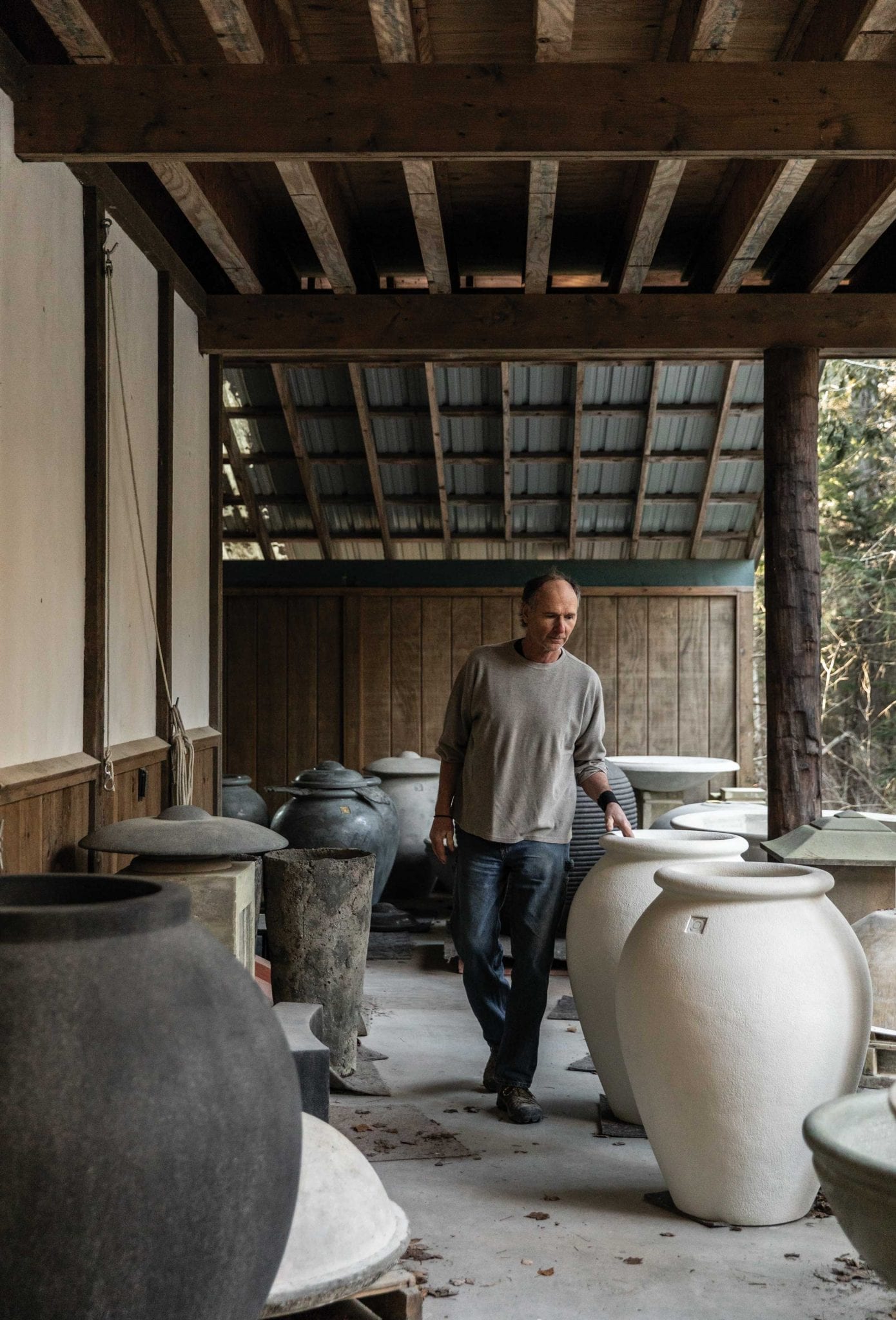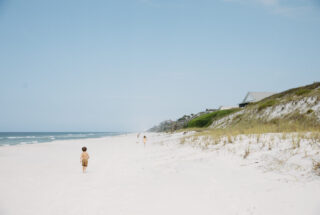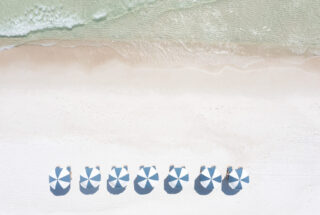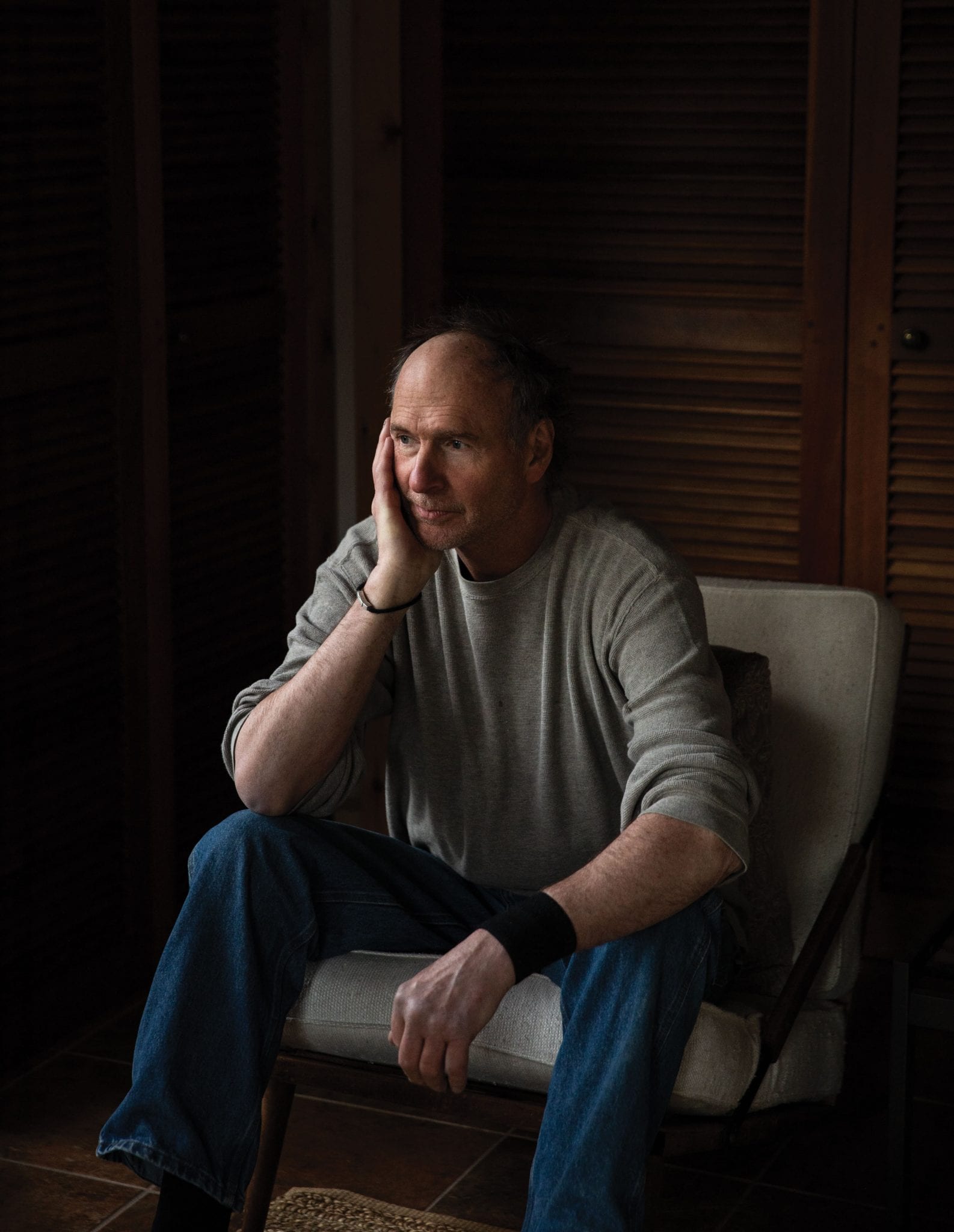

Phid Lawless spoke to me from the landline telephone in his ice-covered studio near Sullivan, Maine. A few hours earlier, the local weatherman called for up to 20 inches of snow over the next couple of days. “That’s a lot of flakes,” he joked. “We probably need to make this quick so I can go find my galoshes.”
Forty five miles east of Bangor, Maine near the coast where Acadia National Park spills into Bar Harbor, Sullivan remains a rare, almost untouched small town—not yet spoiled by crowds of nature lovers, leaf peepers, and weekend adventurers looking to finish their days with a mouthful of world famous Maine lobster.
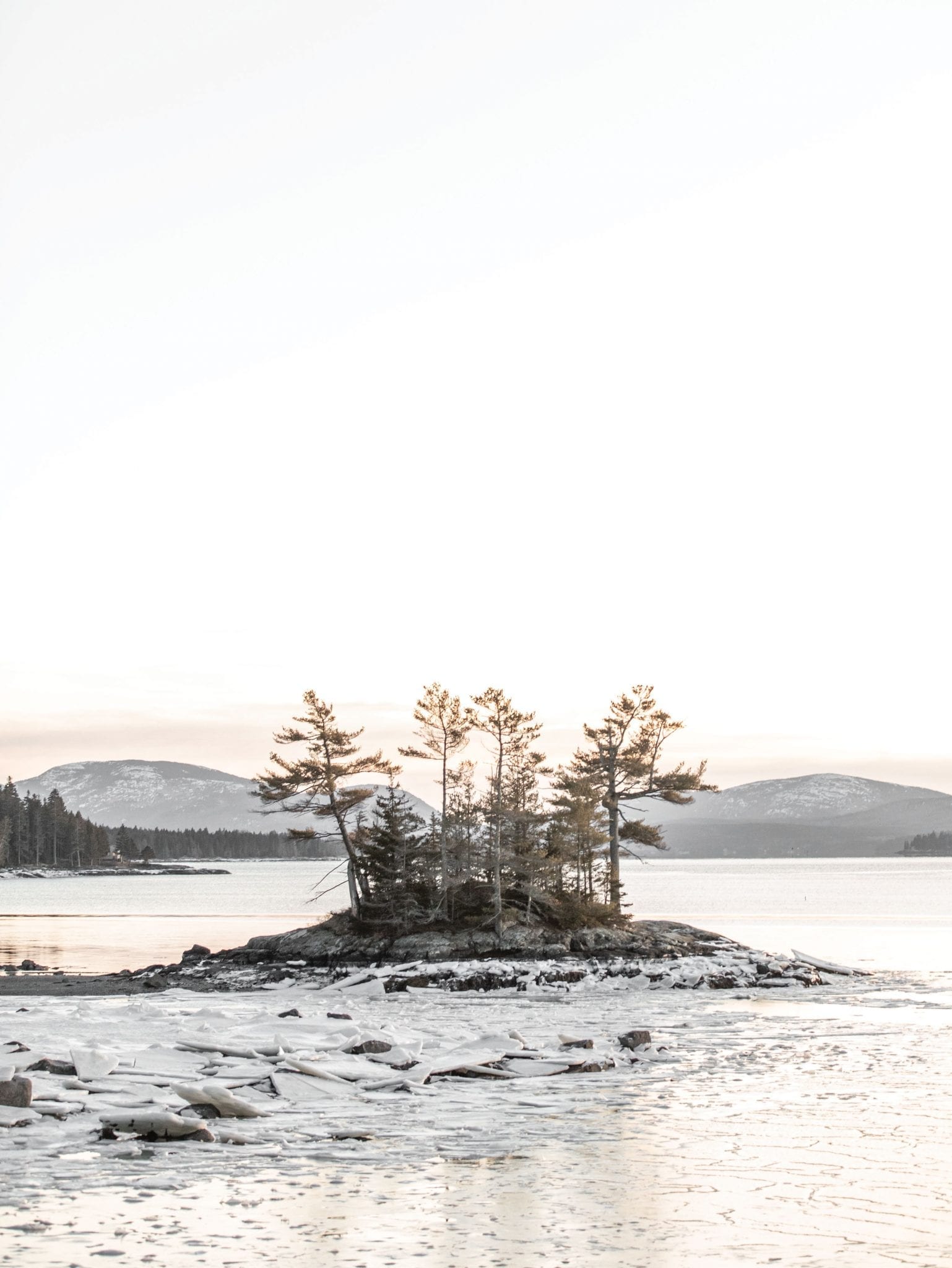

It’s a long way from Alys Beach where Phid’s artwork graces the town’s walkways, common areas, and beachfront areas, “but, I love it here,” he continues. “It’s peaceful and beautiful, and not too far from the luxury of grocery stores, if you know what I mean,” he adds. “Some small towns around here don’t even have gas stations. Sullivan is a perfect place to work and live if you don’t mind a few feet of snow every now and then.”
Throughout his life, the now seventy-year-old Lawless has lived in Connecticut, where he was born and then later met his wife; West Africa, where his father worked as a representative of USAID under John F. Kennedy; Switzerland, where he attended boarding school; and Raleigh, NC, where he studied architecture and product design and then graduated first in his class from North Carolina State University.
“After school, I moved back to Connecticut where I designed and built solar homes for a time. I was always designing, creating, even drawing, painting, and illustrating to try and scratch my creative itch,” he says. “I never really intended any of this to happen.”
By “this,” Phid is referring to the founding of Lunaform, his nationally recognized studio where he and his team of five design and hand-make garden planters, urns, amphoras, fountains, and birdbaths. Lunaform was established “almost by accident,” Phid says with a slight chuckle as he continues, “Sharon and I bought a home that had been built on a huge granite slab. We loved the house, but we couldn’t get anything to grow around the yard, so I had to get creative.”
Phid did a bit of research and decided he would make planters to adorn his property, “to not only add to the aesthetics around the house, but also to have the ability to sprinkle in color and foliage to a yard that was definitely lacking.”
Phid realized pretty quickly that the harsh winters and seasonal changes in temperatures wreaked havoc on the pottery. “It was a pretty frustrating learning process to be able to create pots and planters that wouldn’t expand and crack apart in thaw, but we figured it out pretty quick,” he says.
Phid knew the only way he could make lasting pieces would be to reinforce each container in steel—a process that had never been documented to his knowledge. “I suppose I used some architectural knowledge, product design capabilities, and a few lucky guesses to really perfect the process,” he says.
That process includes hand-turning concrete at a very particular rate of speed in order to create a caste that can then be poured over the steel reinforcement that is specifically tailored and handcrafted for each individual piece.
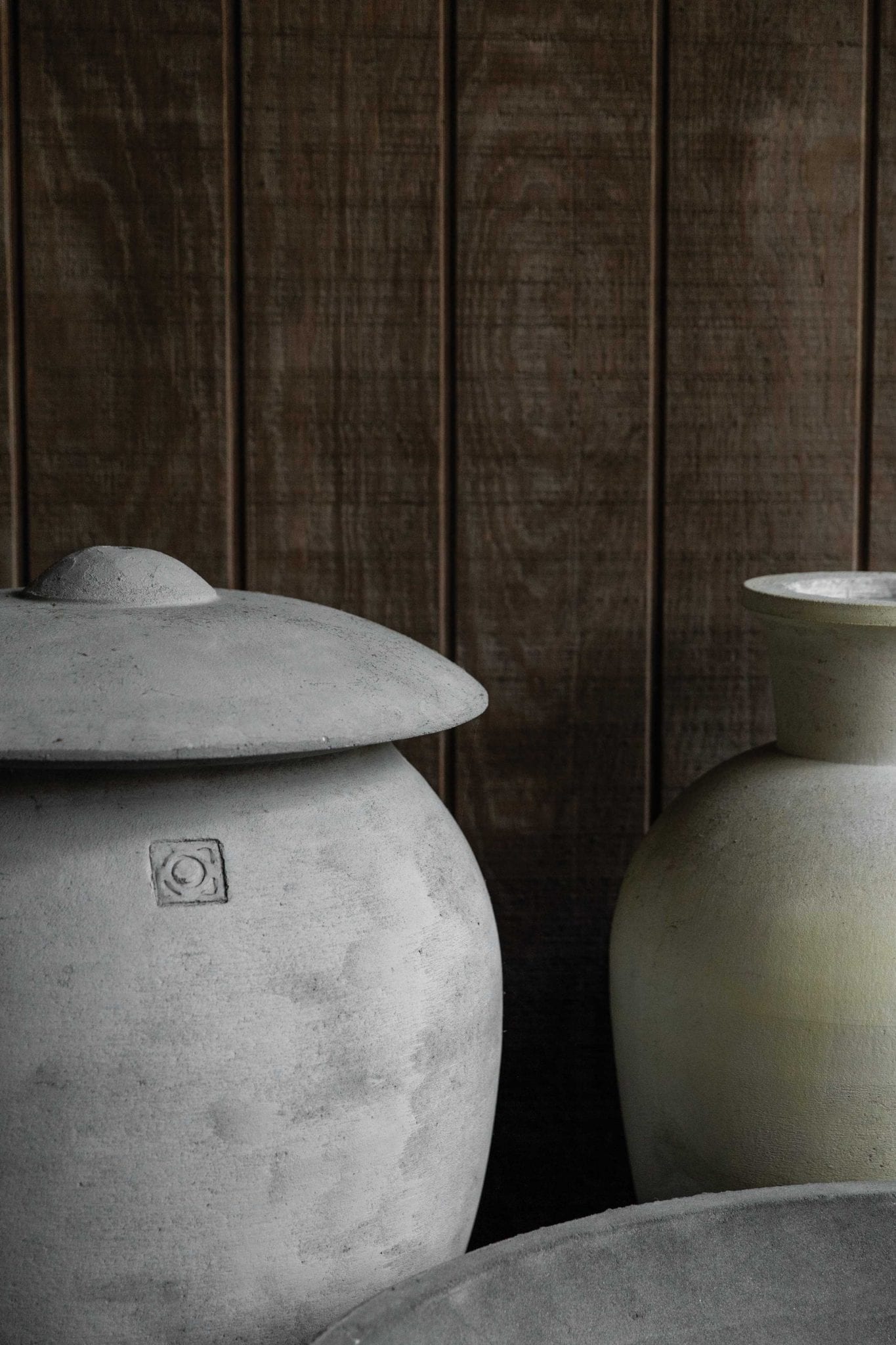

“I wanted to create pots that are reminiscent of vessels found in ancient Greek and Roman gardens,” he says. “Those things have been around for hundreds and sometimes thousands of years!” After a friend, who happened to be a landscape architect, visited the Lawson’s home and saw his planters and amphoras, he had an idea. “He told me that he had several clients who were looking for ways to do the same thing I had done—add color and create opportunities to grow various plants, bushes, and flowers—and asked if I would be interested in helping him. After that, it was off to the races,” Lawson remembers.
Even the name of his shop was a bit of a hurried, happy accident. “We named the studio after a neighbor’s cat,” he laughs. “Her name was Luna, and she happened to be extremely pregnant at the time, taking almost the exact shape of one of my favorite urns. Naturally, we had to call the place ‘Lunaform.’”
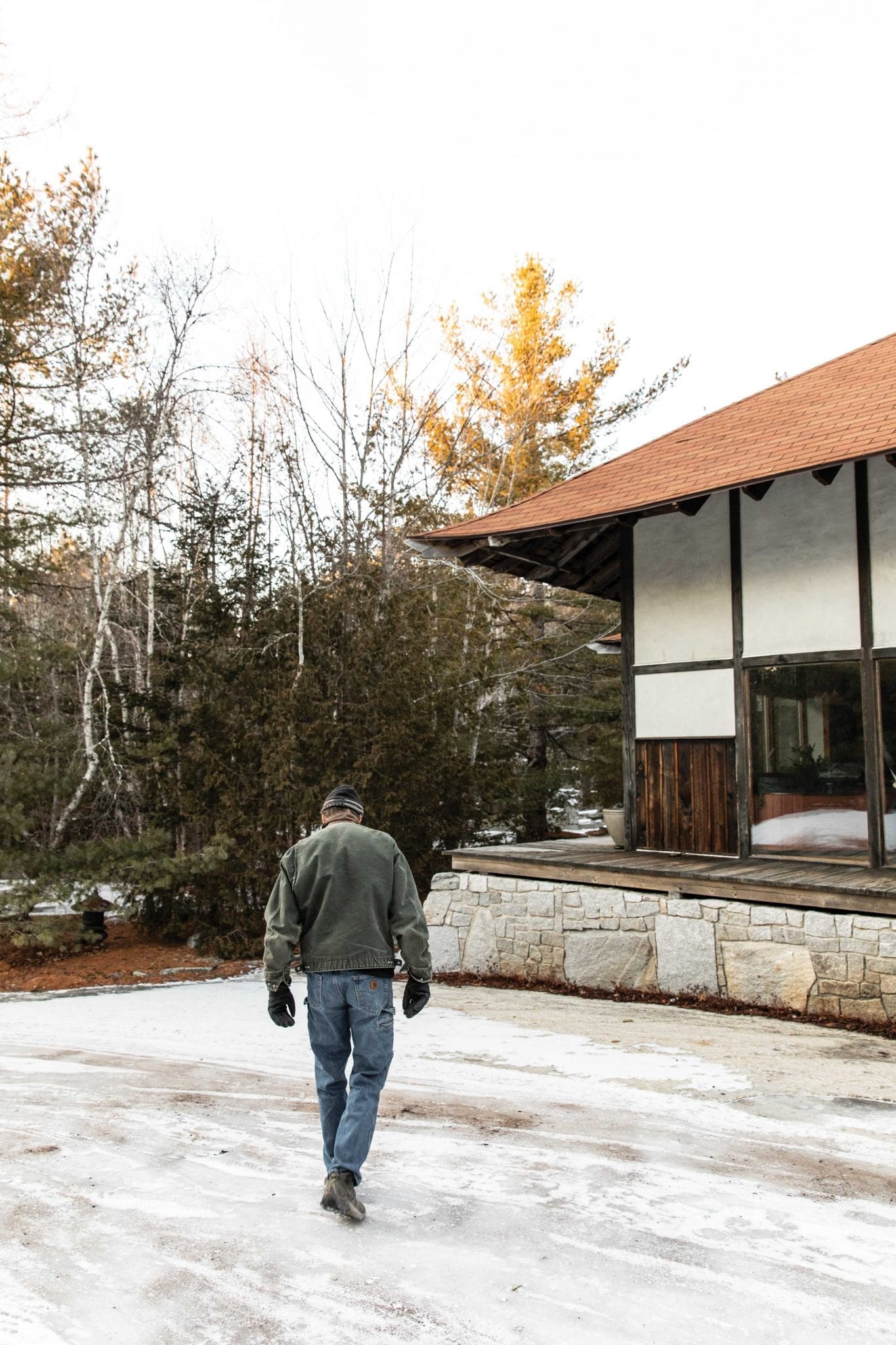

Today, more than 27 years later, Lunaform’s highly practical concrete garden works give architectural grace to contemporary landscapes all over the world.
“The success and longevity of Lunaform has been somewhat of a surprise,” Phid says, quietly, “but I suppose I have always been drawn to simple things, beautiful things.”





